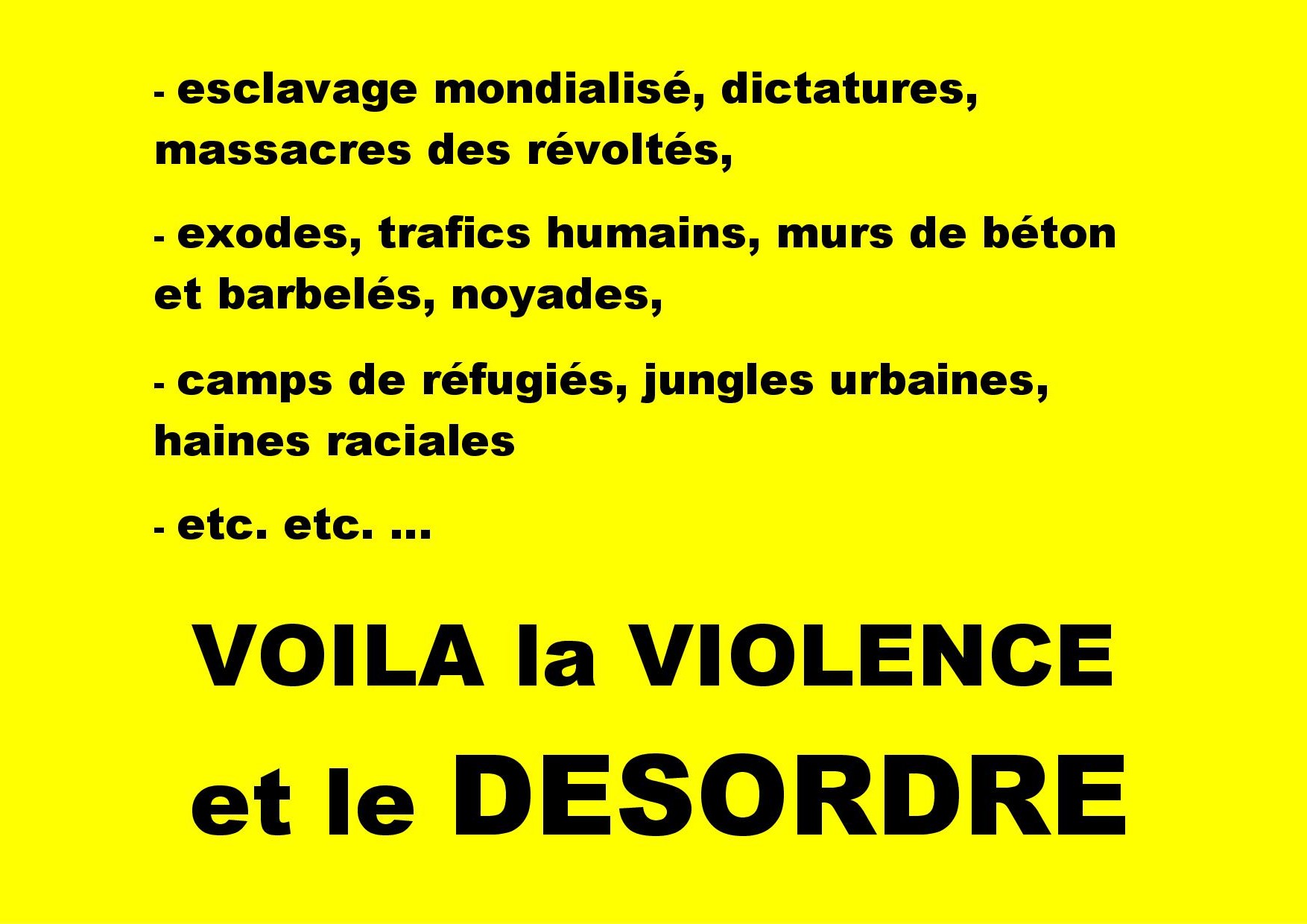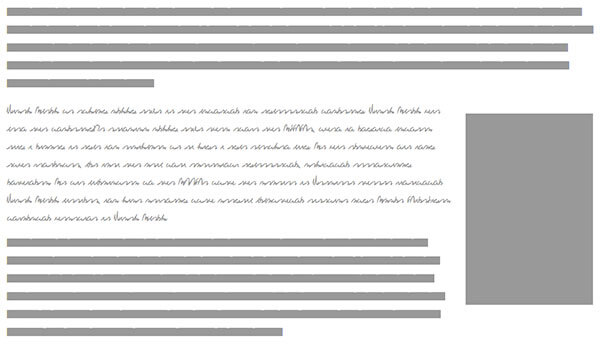

Set1 = oij.reduce_data(oidata, catmid2name, keep_classes=) # Next, remove all the images that do not contain the class ‘human face’. Oidata = oij.parse_open_images(annotation_csv) # This is a representation of our dataset. Import open_images.open_image_to_json as oijĬatmid2name = oij.read_catMIDtoname(category_csv) # Read the category names # Read the Open Images categories and parse the data. Output_json = '/data/open_images/processed_val/val_faces.json' images_dir = '/data/open_images/validation'Īnnotation_csv = '/data/open_images/validation-annotations-bbox.csv'Ĭategory_csv = '/data/open_images/class-descriptions-boxable.csv'

Start by defining the Open Images validation images and annotation files, and by choosing a location to save your annotations.
#REDACTED FACE CODE#
The code in this section can be found in open_images/open_image_to_json.py. Convert the validation annotations to JSON
#REDACTED FACE DOWNLOAD#
Download Open Images cd /data/open_imagesīash /src/open_images/download_open_images.shīash /src/open_images/unzip_open_images.sh 4.
#REDACTED FACE FREE#
If you do not have one, sign up for a free account and create an API key.ĭocker run -it -gpus all -rm -ipc=host -v $DATA_DIR:/data -v $WORKING_DIR:/src -w /src nvcr.io/nvidia/pytorch:19.09-p圓įrom this point, all commands are executed from within the container. Run the NGC PyTorch containerįor training, you need an NGC account. Clone the repo git clone Ĭd retinanet_for_redaction_with_deepstream The data conversion code can be found in the GitHub repo. Then, you convert the dataset into the COCO format. In this section, you trim the dataset to contain only the human face class. The Open Images v5 dataset is used for training the object detection model. In the training run, we chose γ=2, but this is one of the hyperparameters that can be tuned for your dataset.įigure 2: Training workflow Data preparation In the graph shown below, between probability of ground truth class versus loss, increasing the gamma value yields a smaller loss for well-classified examples. Focal loss emphasizes the harder, misclassified examples. RetinaNet uses focal loss, a loss function that increases the influence of difficulty to classify objects. Training uses mixed precision, a technique that dramatically accelerates training without compromising accuracy. We provide a step-by-step guide, covering pulling a container, preparing the dataset, tuning the hyperparameters and training the model. ResNet34 provides accuracy while being small enough to infer in real time at the edge.
#REDACTED FACE HOW TO#
In this post, you learn how to train a RetinaNet network with a ResNet34 backbone for object detection. You can train this using other NVIDIA GPUs, but the training time will vary. These cards are available on all major cloud service providers.

Blur is preferredīlurring is a great option if you’re trying to maintain the aesthetic of an image. You could visually cut or crop out the parts you don’t want, but that can look choppy and make it hard for people to understand the context of what you’re trying to share.įor some categories of information, redaction is your safest choice – black boxes on top of a screenshot completely obliterate what’s underneath. Plus, it pulls attention away from your actual content. You could redact it with a black rectangle, but that’s not very sleek. Now that you have your screenshot, how do you block out information you don’t want people to see? Unless you truly need to capture the entire document, it may make more sense to capture only the parts you need to share. Additionally, with panoramic capture, no matter how long a document is, Snagit can grab it all.īe mindful, though, that the larger the image you capture, the larger the image file will be. With Snagit, you can capture as much or as little of your screen as you want to.


 0 kommentar(er)
0 kommentar(er)
